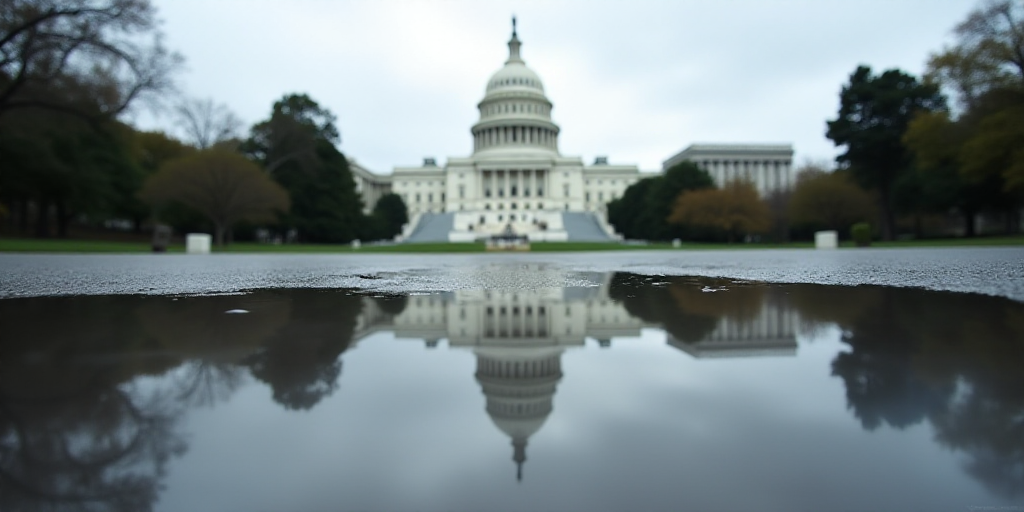Background on Key Players and Context
The ongoing partial government shutdown in the United States will continue at least until next week after the Senate rejected, for the second time on Friday, a Republican plan to extend federal funding.
With three days of the government shutdown underway, hundreds of thousands of federal employees are technically unemployed. The Republican proposal has failed to secure the necessary Democratic votes to end the standoff.
Republican Majority and Democratic Minority
The Republicans, who hold a majority in the Senate (53 out of 100 seats), need 60 affirmative votes to pass the budget package. Only one Democrat voted in favor, and one Republican abstained.
Since the expiration of the US fiscal year on Wednesday, federal agencies and approximately 750,000 workers have been without funds. The lack of agreement has diminished the possibility of a Senate meeting over the weekend.
Divergent Proposals
Republicans aim for a short-term budget extension, similar to the last 13 instances since Democratic President Joe Biden took office. They have presented a 24-page proposal, while Senate Democrats countered with a more extensive 60+ page version that includes the complete revocation of healthcare public subsidy cuts approved by the Trump administration in July.
Republicans suspect that Democrats want to prolong these subsidies to covertly include undocumented migrants, while Democrats deny this claim. The core of the controversy lies in what is known as “Obamacare,” a complex public healthcare coverage system through subsidies, benefiting nearly 50 million Americans.
The current system, expanded during the COVID-19 pandemic, expires by year’s end, and insurance premiums for Americans could significantly increase starting in January. Republicans wish to discuss subsidies and prevent undocumented individuals from benefiting, while Democrats insist on first canceling Trump’s July “great and beautiful law” and starting anew.
Lack of Employment Data
On Friday, the Department of Labor did not release a crucial employment report due to the government shutdown.
The government also postponed other economic publications this week, including the number of Americans filing for unemployment benefits. This deprives government and business leaders of essential indicators for decision-making.
For now, private sector indicators serve as a substitute for official statistics in the US economy.
Key Questions and Answers
- What is the main issue causing the shutdown? The central point of contention is the future of public healthcare subsidies, often referred to as “Obamacare.” Republicans aim to discuss these subsidies and prevent undocumented immigrants from benefiting, while Democrats want to cancel Trump’s July healthcare law and start fresh.
- Why is the lack of employment data significant? The absence of official employment reports, such as those from the Department of Labor, deprives government and business leaders of crucial indicators for decision-making. Private sector data currently serves as a substitute.
- What are the key differences between Republican and Democratic proposals? Republicans seek a short-term budget extension, similar to past agreements. Their proposal is 24 pages long. Democrats have presented a more extensive 60+ page version that includes the complete revocation of healthcare public subsidy cuts approved by the Trump administration.






